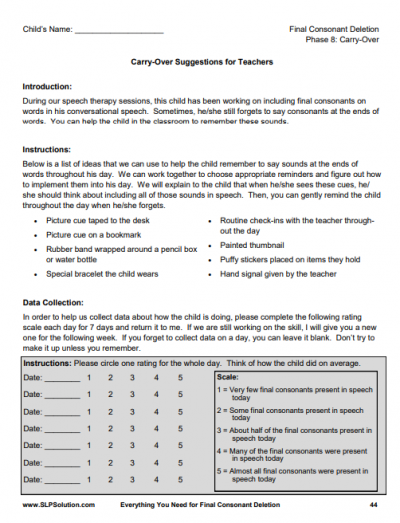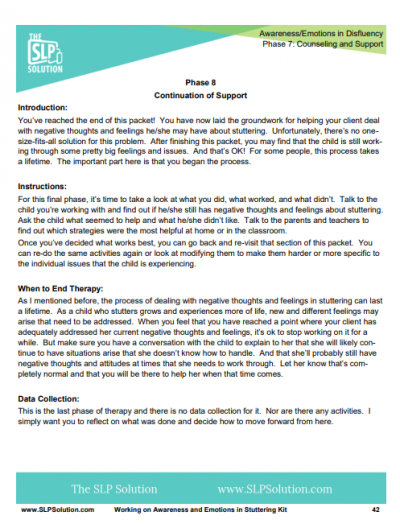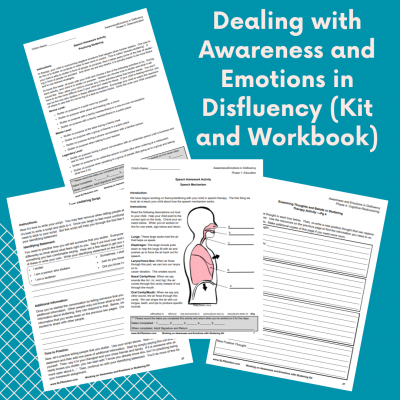
Dealing with Awareness and Emotions in Stuttering
Dealing with Awareness and Emotions in Disfluency (No Prep Kit and Workbook)
When we work with clients who stutter, it’s extremely important to take a look at any negative thoughts and feelings that they’re having about their stuttering or speech. If we can reduce negative thoughts and feelings and teach our clients strategies to deal with them, we are more likely to see better progress in therapy and better ability to use the stuttering-modification and fluency-enhancing strategies that we teach.
This kit and workbook will give you everything you need to walk a client through the process of gently bringing awareness to their disfluency and then walking through identifying and dealing with negative emotions.
What’s Included:
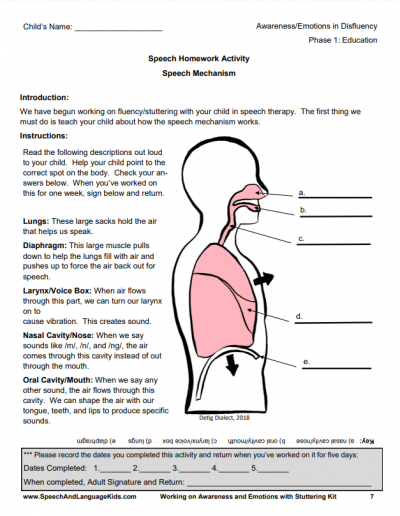
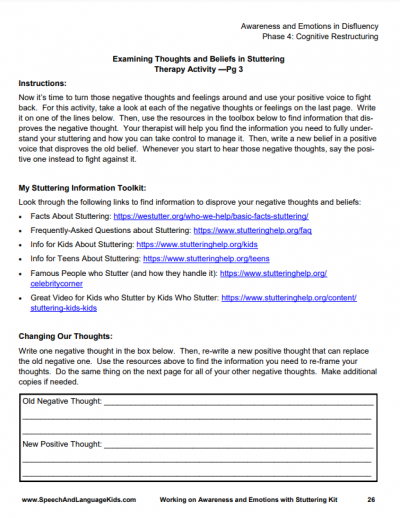
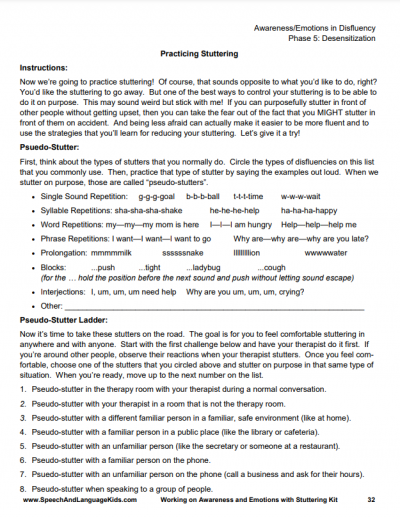
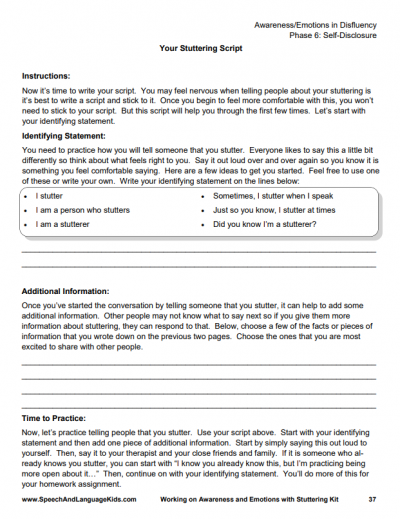
Sample Goals and Data Collection Pages
Sample goals are provided for each of the building awareness as well as addressing negative thoughts and emotions, including all eight phases of therapy. Data sheets can be used for each of the individual phases of therapy.
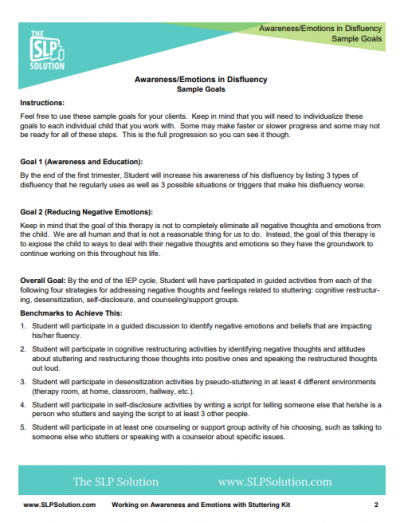
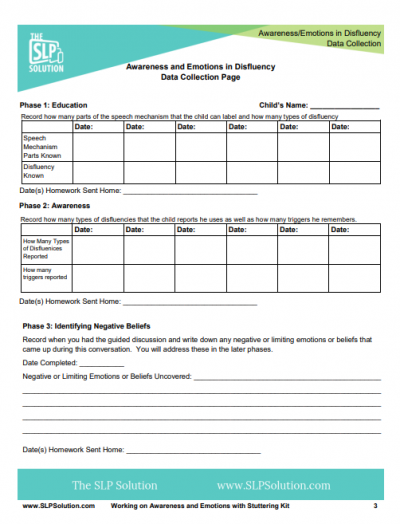
Lesson Plans and Worksheets for Every Phase
Lesson plans and instructions for each phase of therapy, including how to structure your sessions, when to send home homework, when to move on to the next phase of therapy, and how to collect data.
Each phase of therapy workbook pages and no-prep activities that will guide the child through the process of learning about the speech mechanism & stuttering, becoming aware of their own stuttering, identifying negative emotions and thoughts about their stuttering, and managing those negative emotions and thoughts. All you have to do is read the instructions and guide your client through the activities.
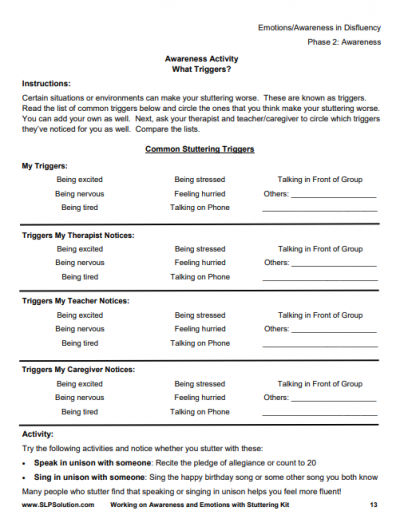
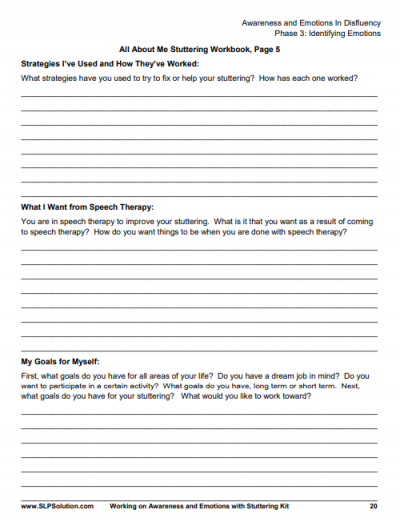
Easy for Parents to Follow (Homework Pages)
Help Clients Make Faster Progress by Sending Home Homework! Each phase has a homework page that you can copy and send home with your client. Each homework page has instructions, an activity, and a place for the parent to sign and date (7 times) before returning. Boost progress in therapy with home participation!
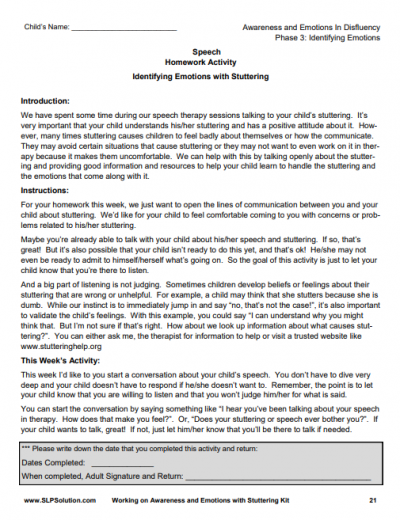
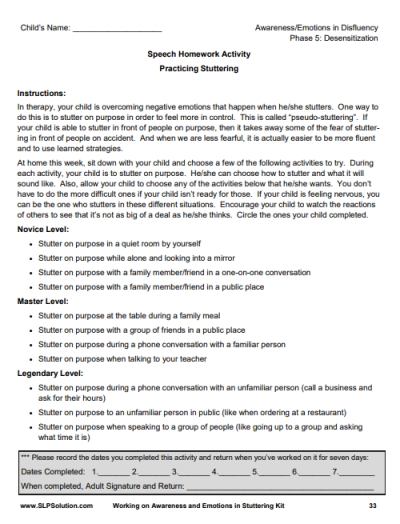
Guidance for Continued Support
Once you have completed this whole kit, you will have laid the groundwork for helping your client deal with negative thoughts and feelings he/she may have about stuttering. Unfortunately, there’s no one-size-fits-all solution for this problem. After finishing this packet, you may find that the child is still working through some pretty big feelings and issues. And that’s OK! For some people, this process takes a lifetime. The important part here is that you began the process. We’ll give you some suggestions on how to continue to support your client once you get through the previous 7 phases of therapy.
